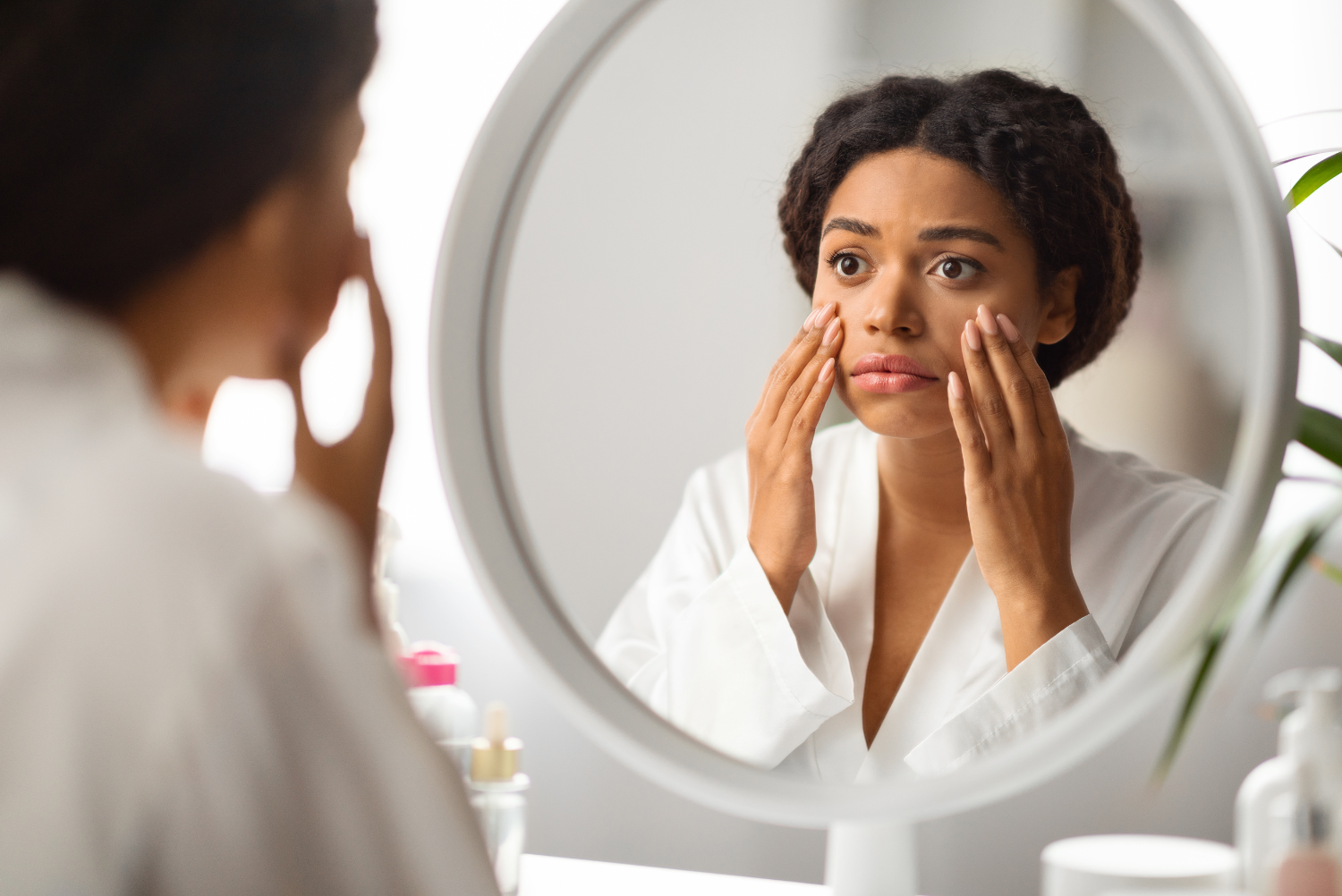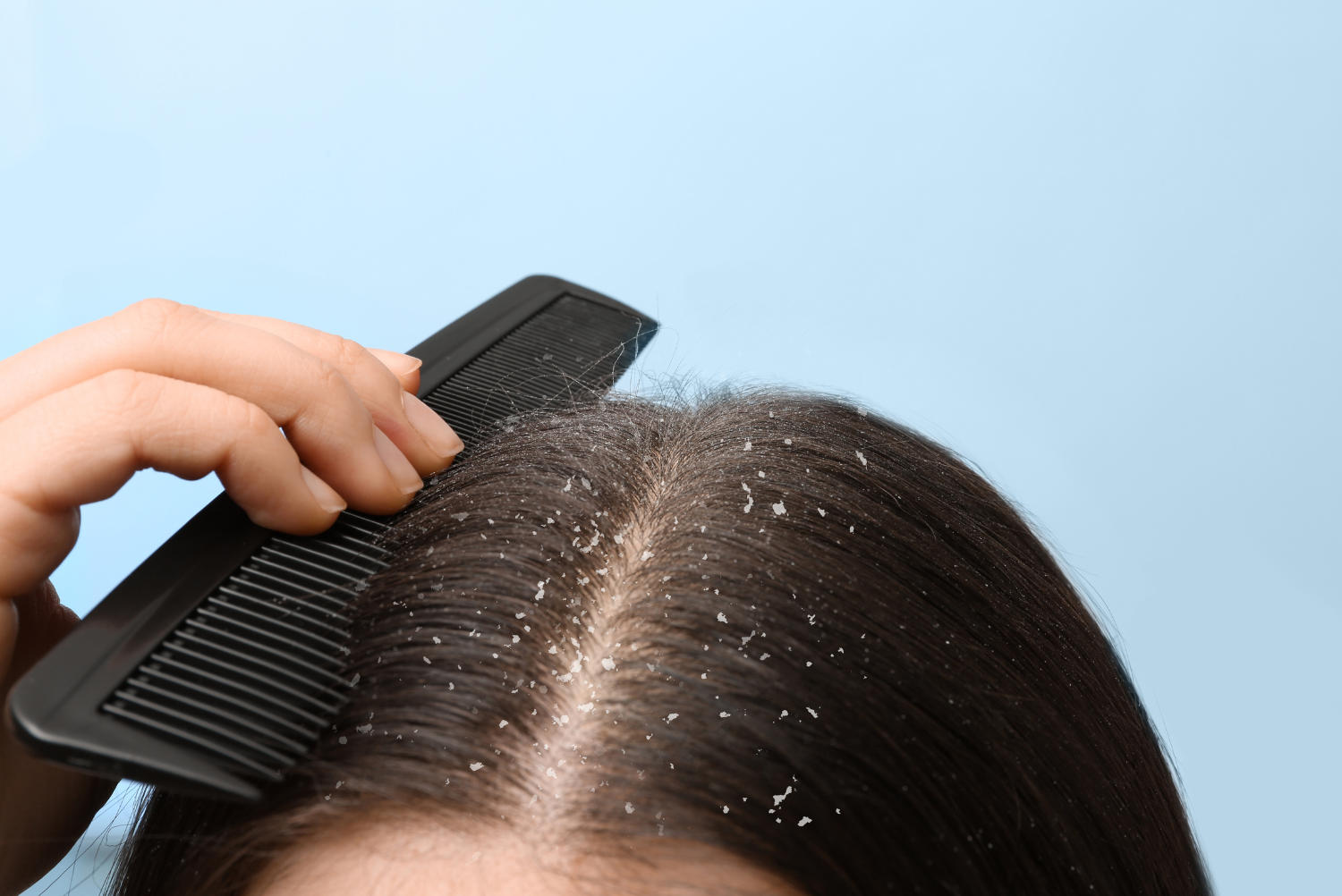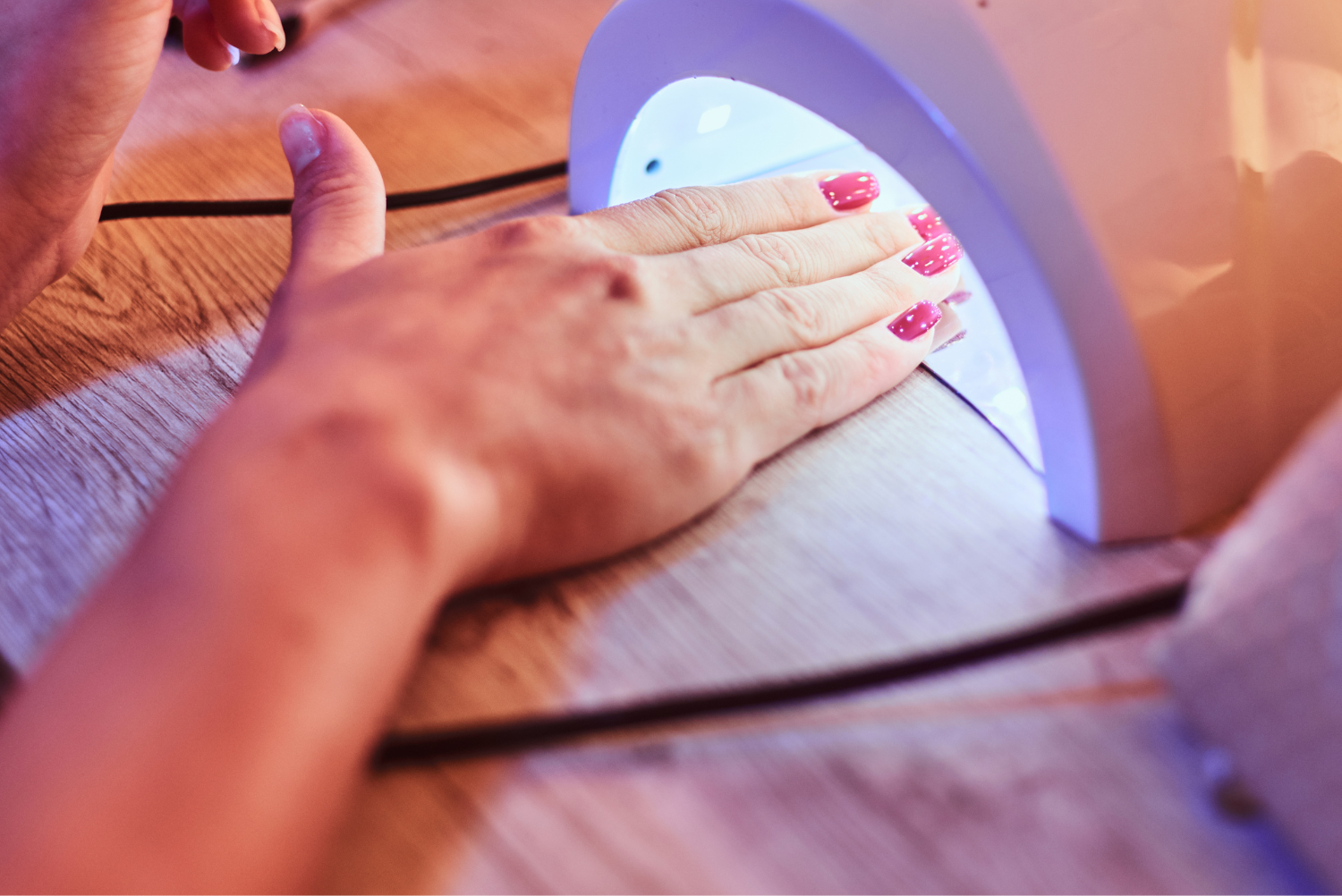
We’ve all been there—scrolling through our camera roll, trying to find a decent picture of ourselves, only to notice that our skin looks dull, tired, or even a little puffy. It’s like no matter how much sleep we get or how much water we drink, our skin just doesn’t want to cooperate. If you’ve been feeling like this lately, the culprit might be something you wouldn’t expect: cortisol, the stress hormone. And trust me, it’s not just affecting your mood—it’s messing with your skin, too.
I know, it sounds a bit weird to think that a hormone can make such a big difference in how we look, but cortisol is a sneaky little thing. It’s supposed to help us deal with stress, but when there’s too much of it for too long, it can lead to all sorts of skin problems. But don’t worry, because we’re going to dive into exactly how cortisol affects your skin and what you can do to get that glow back.
What is Cortisol, and Why Does It Matter?
Cortisol is a hormone that your body releases when you’re stressed. Think of it as your body’s built-in alarm system—it’s there to help you deal with situations that require quick thinking or action. But here’s the catch: while cortisol is great in small doses, chronic stress can lead to elevated cortisol levels, which can wreak havoc on your skin.
When cortisol levels stay high for too long, it starts to break down the collagen and elastin in your skin—those are the proteins that keep your skin firm and smooth. This can lead to sagging skin, wrinkles, and even acne. Not exactly what you want when you’re trying to look good in pictures, right?
How Cortisol Affects Your Skin
Cortisol can have a bunch of negative effects on your skin, especially if your stress levels are constantly high. Here’s how it can mess with your complexion:
-
Increased Oil Production: Cortisol triggers your skin to produce more oil, which can lead to clogged pores and breakouts. It’s like your skin is trying to protect itself, but it ends up causing more problems instead.
-
Dehydration: High cortisol levels can disrupt your skin’s natural moisture barrier, making it harder for your skin to retain water. The result? Dry, flaky skin that looks dull and tired in photos.
-
Inflammation: Cortisol can also increase inflammation in your body, which can show up as redness, puffiness, or even flare-ups of conditions like eczema or rosacea.
-
Breakdown of Collagen: Collagen is what keeps your skin looking plump and youthful, but cortisol breaks it down, leading to wrinkles and sagging skin over time.
-
Slower Healing: When your body is constantly pumping out cortisol, it can slow down your skin’s ability to heal itself. That means any blemishes or irritations you have might stick around longer than usual.
What to Do About It
Okay, so cortisol is definitely not your skin’s best friend. But the good news is, there are things you can do to manage it and keep your skin looking its best. Here are some tips that can help:
1. Magnesium Oil Spray from Veenourish
One of the most effective ways to help manage cortisol levels is by incorporating magnesium into your routine. Magnesium is known for its calming properties and can help reduce stress levels, which in turn lowers cortisol. The Magnesium Oil Spray from Veenourish is an easy and effective way to get your daily dose of magnesium. Just a few spritzes on your skin can help soothe your nerves and keep your cortisol levels in check. Plus, it’s super convenient to use, whether you’re at home or on the go and it's all natural. Magnesium gets absorbed better when applied topically, to learn more about it and how it can lower cortisol levels click, here.
2. Practice Stress Management Techniques
Since cortisol is directly linked to stress, finding ways to manage your stress is key to keeping your skin healthy. This could be anything from practicing mindfulness, doing yoga, or simply taking a few minutes each day to relax and unwind. The more you can keep your stress levels in check, the better your skin will look.
3. Get Enough Sleep
We all know that sleep is important, but did you know it’s also crucial for keeping your cortisol levels balanced? When you don’t get enough sleep, your body produces more cortisol, which can lead to all those skin issues we talked about earlier. Aim for at least 7-8 hours of sleep each night to give your skin the best chance to recover and repair. If you've been struggling to sleep the magnesium oil spray mentioned above is going to help with this too.
4. Hydrate Your Skin
Since cortisol can dehydrate your skin, it’s essential to keep your skin well-moisturized. Drinking plenty of water throughout the day can also help keep your skin hydrated from the inside out. You can also look for products that are hydrating but not too heavy, so they won’t clog your pores. I recommend this Glow Hydrating Toner made with aloe vera, lemongrass, orange, tea tree, rose and lavender. You can spray it on throughout the day and it will keep your skin hydrated and glowing.
5. Use Skincare Products that Boost Collagen Production
Because cortisol breaks down collagen, it’s important to use skincare products that help boost collagen production and keep your skin looking youthful. The Anti-Aging Bundle from Veenourish is perfect for this. It’s a 5-step skin care routine packed with ingredients that support collagen production and help reduce the appearance of wrinkles and fine lines. It includes a cleanser, face scrub, hyaluronic acid serum, niacinamide moisturizer and a coffee under eye cream. By incorporating these products into your skincare routine, you’ll help combat the effects of cortisol and keep your skin firm and smooth.
Final Thoughts
Cortisol might be a necessary part of dealing with stress, but it doesn’t have to take a toll on your skin. By understanding how cortisol affects your skin and taking steps to manage it, you can keep your complexion looking its best, even during stressful times. Whether it’s using the Magnesium Oil Spray from Veenourish, getting enough sleep, or practicing stress management techniques, these small changes can make a big difference.
So next time you’re getting ready for a photo, remember that managing your stress is just as important as finding the right angle or lighting. Take care of your skin from the inside out, and you’ll be camera-ready in no time!
Related:
- How To Lower Cortisol Levels
- Magnesium Oil Benefits And How To Use It
- A Simple Trick To Better Sleep At Night
- The Best Anti-Aging Skincare Routine For Youthful Skin



